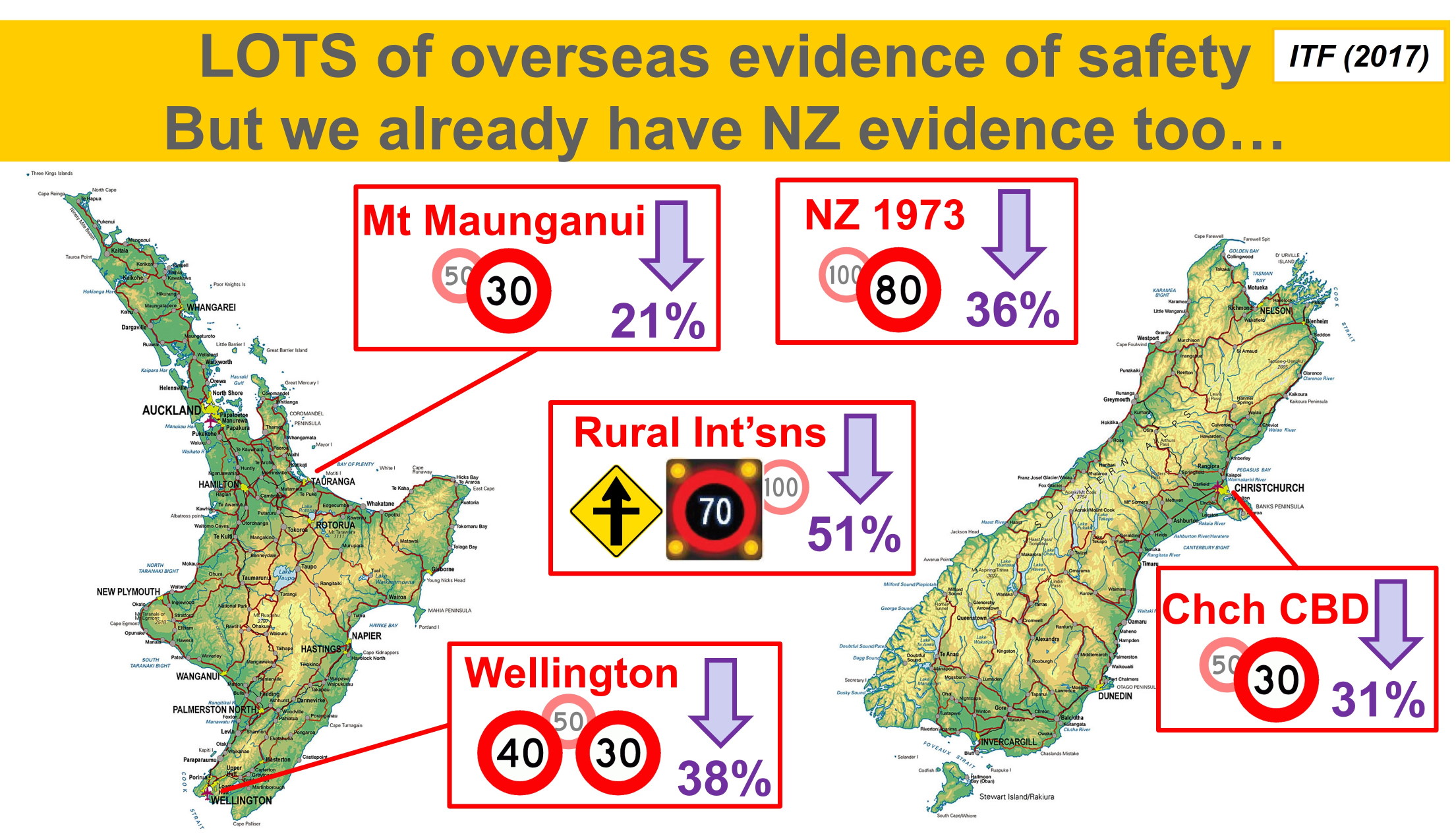The mechanics and politics of changing a speed limit
Where presented / published:
Transportation Group NZ Conference 2019, Wellington, 3-6 Mar
With a new government pushing a greater emphasis on road safety, attention is increasing on the role that speed plays in our safety record. For both urban and rural settings, there has been a growing clamour by some elected officials, safety advocates, and the general public for greater use of lower speed limits. Yet, at the same time such changes remain polarising, with other people sceptical of their effect on safety and wary about their impact on network efficiency. The relatively cumbersome process of changing existing speed limits has also been cited as a hurdle to implementing fast change (although others might argue that is an important handbrake in a democratic society).
This paper investigates the current state of play around setting and changing speed limits in New Zealand. A review of research literature, both here and overseas, summarises the generally observed effects of changing speed limits (often with little other changes to the road environment or enforcement) in terms of both travel speeds and safety outcomes, whilst also identifying some of the caveats and limitations of this evidence. The paper also explores some of the current challenges with the existing speed limit legislation in New Zealand (e.g. consultation requirements, default speeds, alignment with observed speeds), and debates some common arguments and concerns raised by people about speed limit changes. Finally, an attempt is made to identify a productive way forward for all interested parties regarding the use of speed limits.
Both the paper and the presentation are available on our website.

Update – this project was highly commended in the best research paper award!


